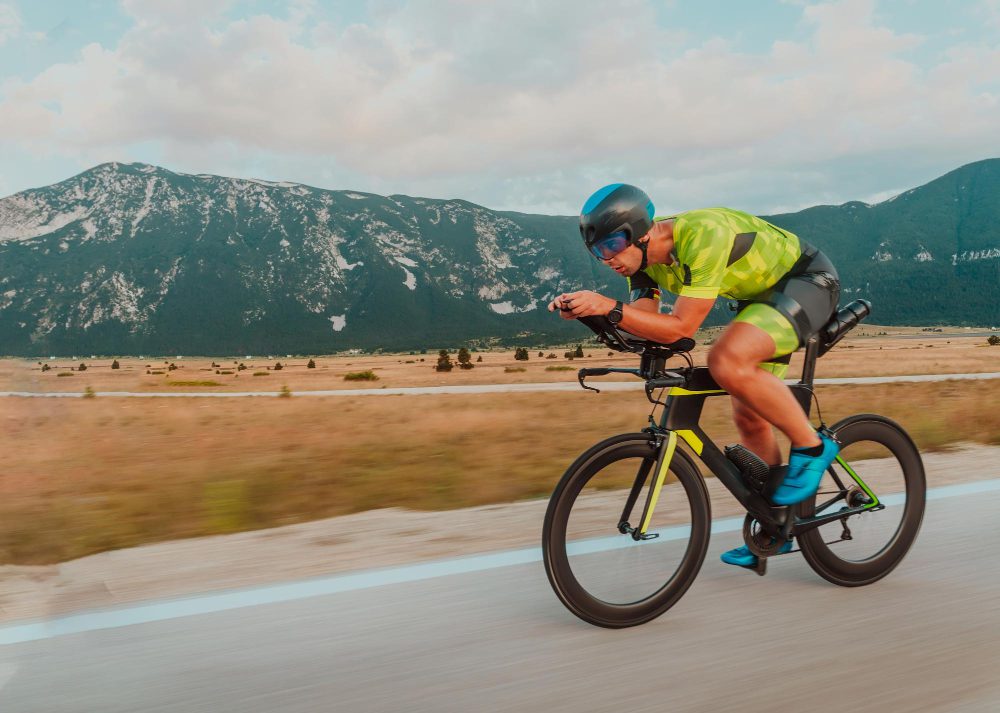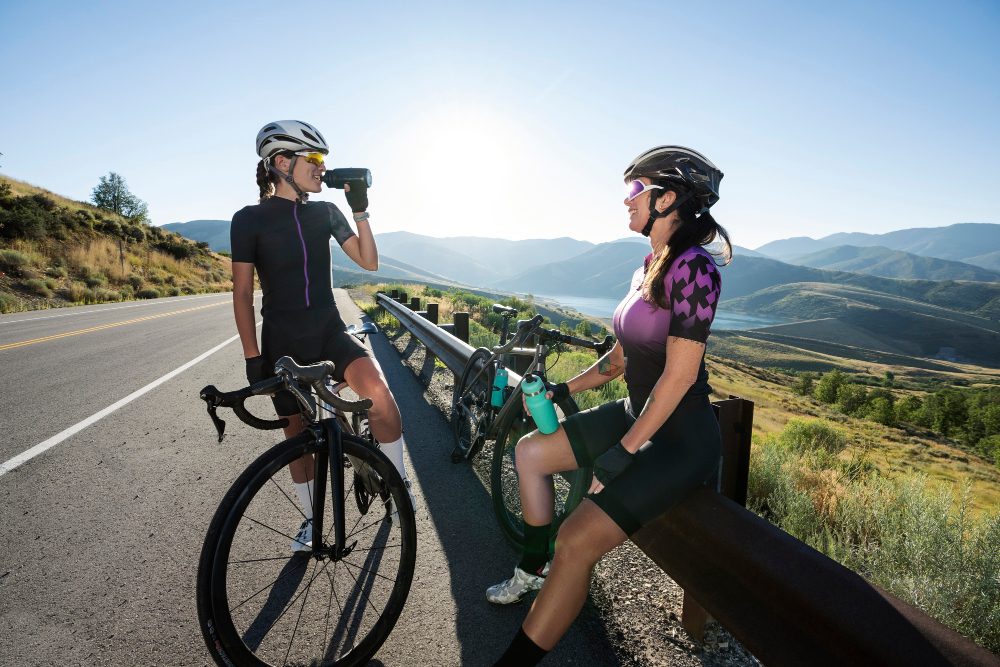What Bike is Best for Long-Distance?
Long-distance cycling can be a challenging yet rewarding activity, allowing you to explore new places, push your limits, and immerse yourself in the beauty of the great outdoors. Whether you are planning a multi-day tour or simply enjoy going on extended rides, choosing the right bike is crucial for a comfortable and enjoyable experience. In this article, we will explore the various types of bikes that are best suited for long-distance cycling.
1. Road Bikes
Road bikes are designed specifically for speed and efficiency on paved roads. They typically feature lightweight frames, narrow tires, and drop handlebars that provide an aerodynamic riding position. Road bikes are perfect for covering long distances quickly and effortlessly. The smooth, fast-rolling tires and efficient drivetrain make them ideal for riders who prioritize speed and want to maximize their performance.
However, road bikes may not be the most comfortable option for everyone. The aggressive riding position can put strain on your back, neck, and wrists, especially during long hours on the saddle. Additionally, the narrow tires may not handle rough or unpaved roads well, making them less suitable for off-road adventures.
If you are looking for: Speed, efficiency, and primarily sticking to paved roads.
“Road bikes are perfect for covering long distances quickly and effortlessly.”
2. Touring Bikes
Touring bikes are specifically designed for long-distance travel and carrying heavy loads. They feature sturdy frames, relaxed geometry, and wider tires for stability and comfort. Touring bikes are known for their durability and ability to handle different terrains, including rough roads, gravel paths, and even off-road trails. They are equipped with racks, fenders, and multiple mounting points to accommodate panniers and other gear.
The relaxed riding position of touring bikes offers a more comfortable and upright posture, reducing strain on your body during long rides. These bikes are also built to handle heavier loads, making them suitable for self-supported adventures where you need to carry camping gear, clothing, and other essentials.
If you are looking for: Comfort, durability, versatility, and the ability to carry heavy loads.
“Touring bikes are known for their durability and ability to handle different terrains, including rough roads, gravel paths, and even off-road trails.”
3. Gravel Bikes
Gravel bikes, also known as adventure bikes, are designed to tackle a wide range of surfaces, from paved roads to gravel tracks and dirt paths. They offer a blend of features from both road bikes and mountain bikes, making them versatile for long-distance riding across various terrains.
Gravel bikes typically have a more relaxed geometry than road bikes, providing a comfortable riding position for extended periods. They feature wider tires for better stability and control on uneven surfaces, as well as disc brakes for reliable stopping power. With the ability to accommodate fenders and racks, gravel bikes are suitable for bikepacking and multi-day adventures.
If you are looking for: Versatility, comfort, and the ability to explore both on and off-road routes.
“Gravel bikes offer a blend of features from both road bikes and mountain bikes, making them versatile for long-distance riding across various terrains.”
4. Electric Bikes
Electric bikes, or e-bikes, have gained popularity in recent years, especially among long-distance cyclists. These bikes are equipped with a motor that provides pedal-assisted assistance, making it easier to cover longer distances without exerting excessive effort. E-bikes come in various styles, including road, touring, and even gravel options.
With an e-bike, you can enjoy the benefits of longer rides without worrying too much about fatigue or hills. The electric motor can be adjusted to different assistance levels, allowing you to control how much effort you want to put in. E-bikes are particularly useful for riders with physical limitations or those who want to take on more challenging routes.
If you are looking for: Assistance with pedaling, extended range, and the ability to conquer hilly terrains with ease.
“E-bikes allow you to cover longer distances without exerting excessive effort, making them a great choice for riders who want to take on more challenging routes.”
In conclusion, choosing the right bike for long-distance cycling depends on your preferences, riding style, and the type of terrain you plan to conquer. Whether you prefer the speed and efficiency of a road bike, the comfort and versatility of a touring or gravel bike, or the assistance of an e-bike, there is a suitable option available. Consider your priorities, test out different bikes if possible, and embark on your long-distance adventures with confidence.
Are touring bikes good for long-distance?
Touring bikes are specifically designed for long-distance cycling adventures. They have several features that make them ideal for covering vast distances comfortably and efficiently.
Durability and Stability
Touring bikes are built to withstand the rigors of long-distance travel. They typically have a sturdy frame made of steel or aluminum, providing durability and stability, even when carrying heavy loads. This allows riders to confidently tackle various terrains, including rough roads and gravel paths.
Comfort
One of the key advantages of touring bikes is their emphasis on rider comfort. They usually feature a relaxed riding position, with a slightly upright posture, and a longer wheelbase to provide stability. Additionally, they often have ergonomic handlebars and a padded saddle, ensuring a comfortable ride, especially over extended periods.
Storage
Touring bikes come equipped with ample storage capacity, allowing riders to carry all the necessary gear for long-distance trips. They typically have racks for pannier bags, front and rear pannier supports, and sometimes even integrated cargo cages. This makes it easy to pack camping equipment, clothing, food, and other essentials, making long-distance travel more convenient.
Versatility
Touring bikes are versatile machines suitable for various types of terrain. They usually have wider tires with a tread pattern that provides grip on different surfaces, including pavement, gravel, and dirt roads. This versatility enables riders to explore different routes and choose the most scenic or challenging paths for their adventures.
Efficiency
Touring bikes are designed for efficiency, allowing riders to cover long distances with relative ease. They often have a wide range of gears to tackle steep climbs and reduce the effort required when riding uphill. The touring bike’s geometry also enhances pedaling efficiency, ensuring that energy is transferred directly to propulsion.
“Touring bikes are like the SUVs of the bicycle world – built for long journeys and capable of handling any terrain” – Cycling Enthusiast Magazine
In conclusion, if you’re planning a long-distance cycling adventure, a touring bike is definitely worth considering. Its durability, comfort, storage capacity, versatility, and efficiency make it an excellent choice for covering vast distances and exploring new places.



